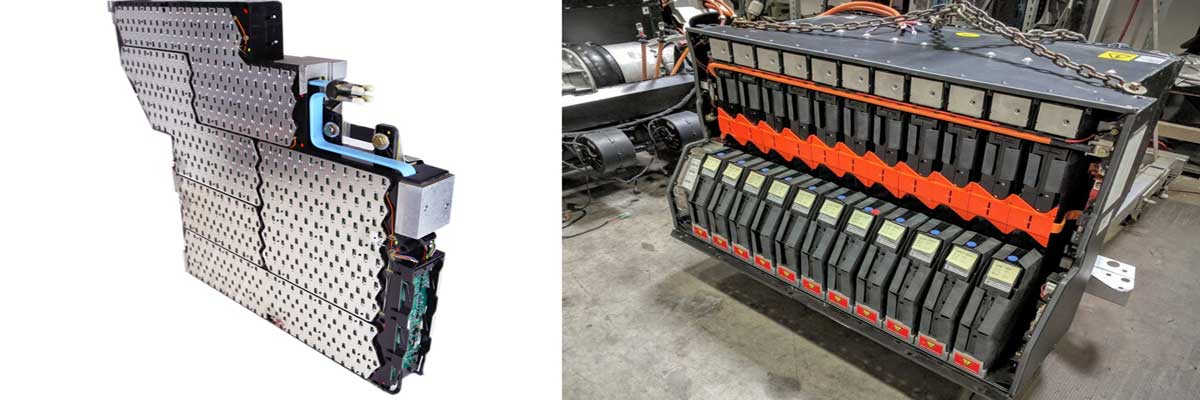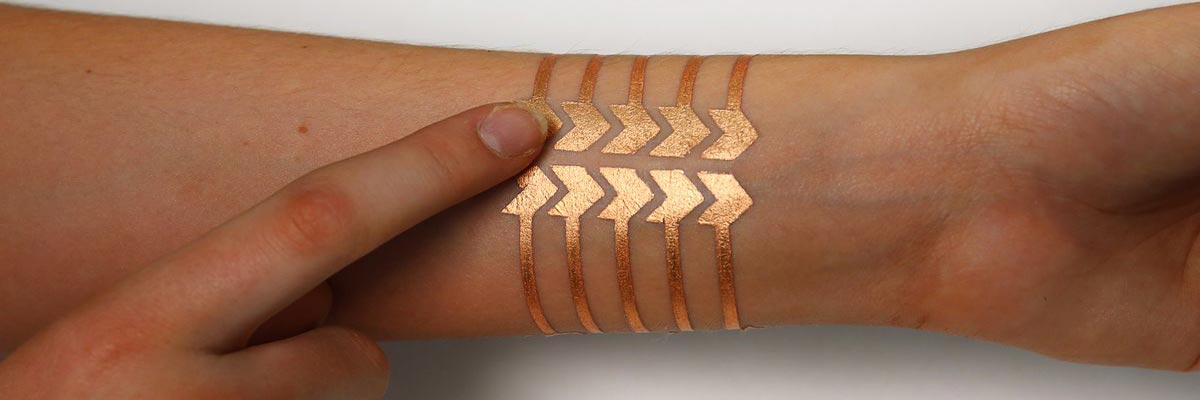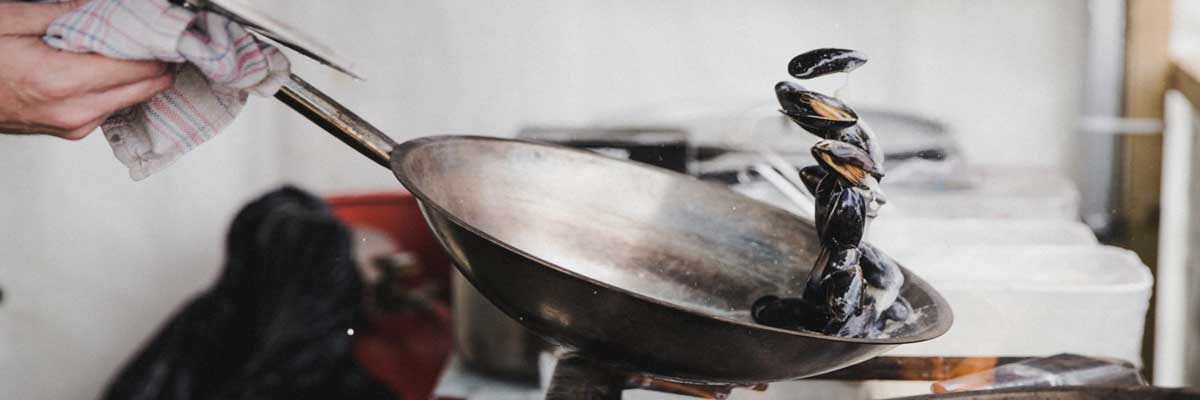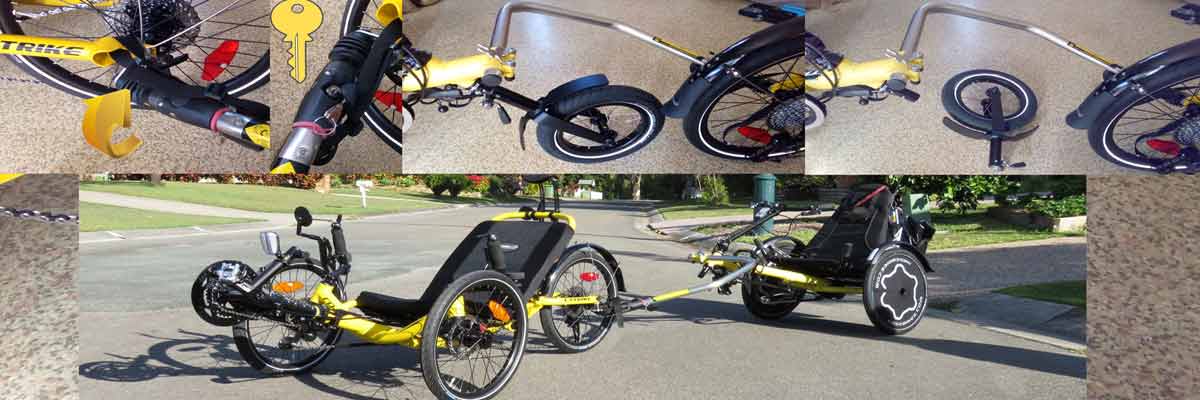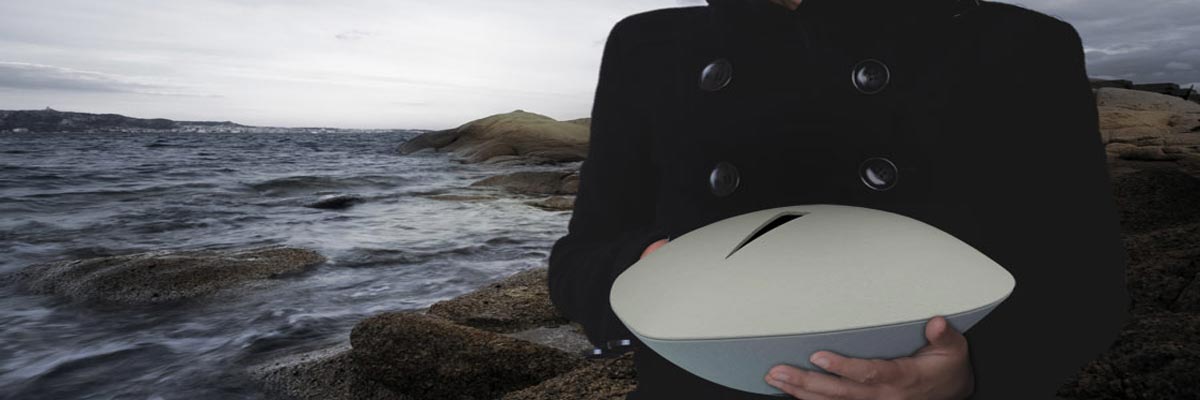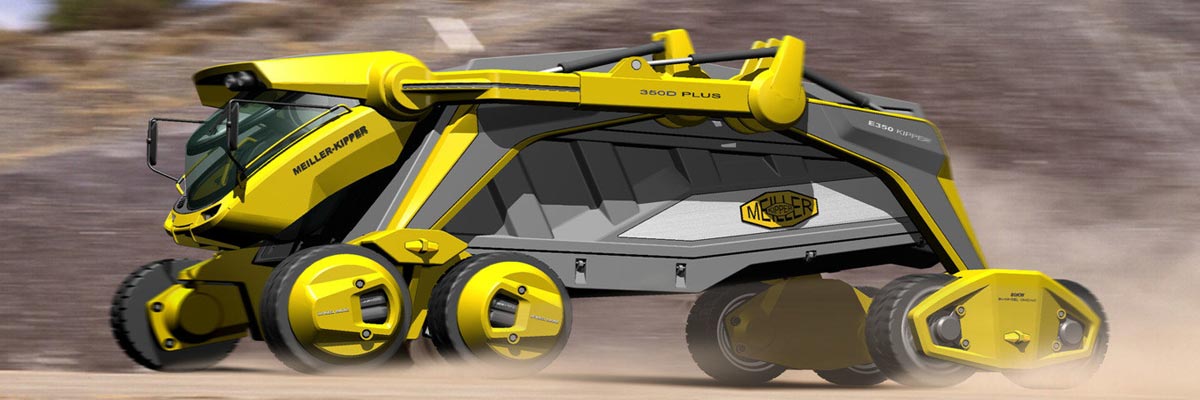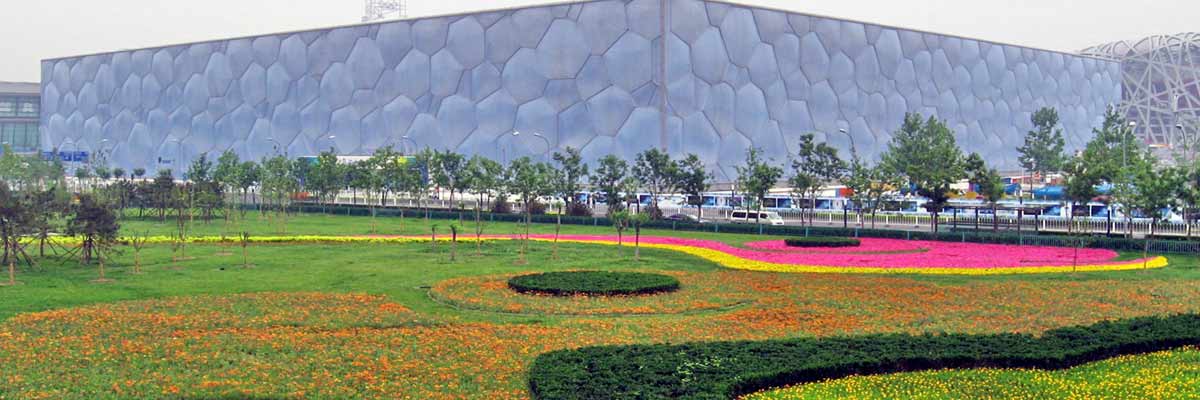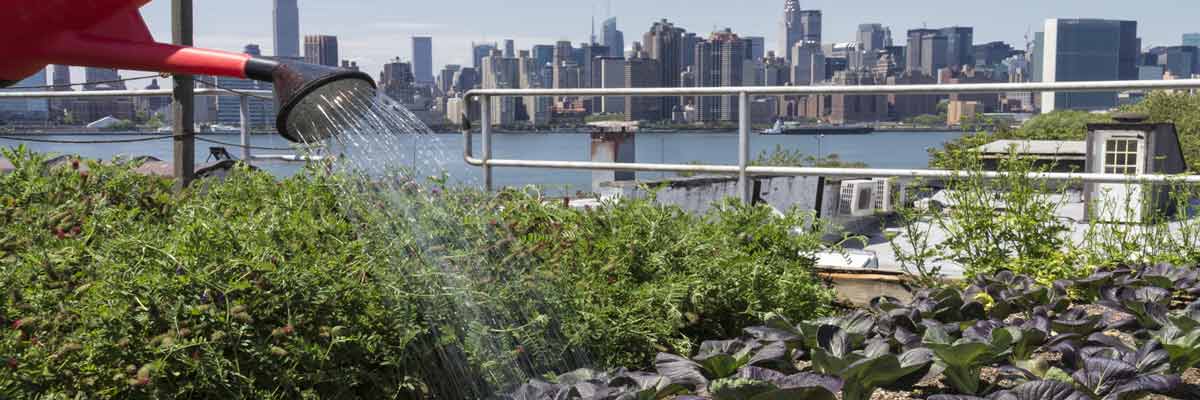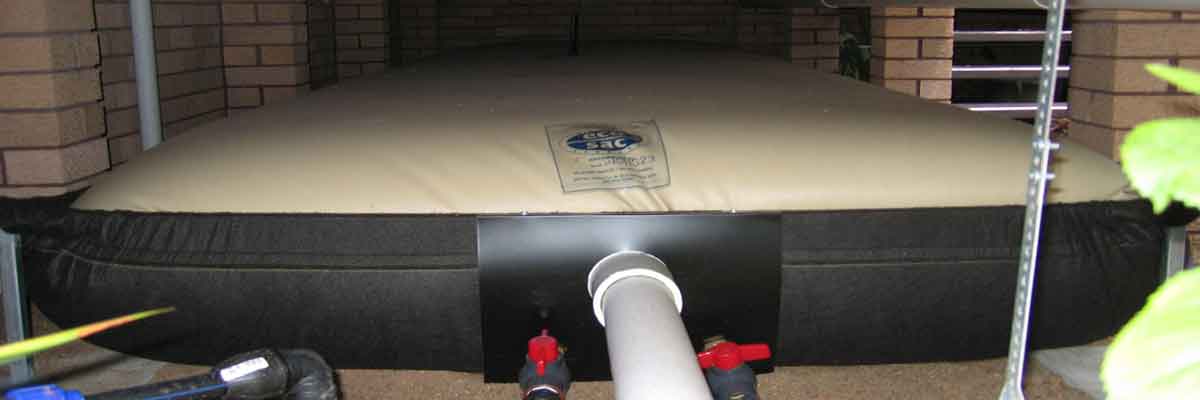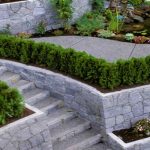Tesla Gives Us A Magical Mystery Tour Of Lithium Battery Recycling
One of the largest misconceptions of electric cars is that the world will suddenly be inundated with toxic batteries that will seep into ground water, kill your dog, and practically ruin your marriage. Fortunately, battery recycling for green vehicles has been well planned out — even if there currently aren’t many electric-powered cars on the road to be concerned about. Showing us exactly what is possible, Kurt Kelty — an engineer that works for Tesla Motors — recently posted an interesting “Mythbusters” segment on battery recycling — what they’re made of and how they’re disposed of.
Some fascinating tid-bits: First, the Tesla Roadster’s battery pack or Energy Storage System (ESS) contains no heavy metals or toxic materials. By law, this means they could technically be disposed of in a landfill with no problems. However, their usefulness extends beyond pushing a car 0-60 in less than 4 seconds. Apparently, there are major differences in the demands on a battery for use in a high-performance sports car unlike, say, providing backup for a solar array. In fact, once the lithium packs are no longer performing well for the roadster, they may be recommissioned to be used as a power source for off-grid backup or load leveling.
Electronic Tattoo Display Draws Energy From Your Blood
We’ve all heard of alternative sources of energy from sunlight, water, and wind — but how about blood? An inventor by the name of Jim Mielke has created a bluetooth-ready, wireless, blood-fueled display that uses tiny microscopic spheres, somewhat similar to tattoo ink, to display images. Here’s how it works:
The basis of the 2×4-inch “Digital Tattoo Interface” is a Bluetooth device made of thin, flexible silicon and silicone. It´s inserted through a small incision as a tightly rolled tube, and then it unfurls beneath the skin to align between skin and muscle. Through the same incision, two small tubes on the device are attached to an artery and a vein to allow the blood to flow to a coin-sized blood fuel cell that converts glucose and oxygen to electricity. After blood flows in from the artery to the fuel cell, it flows out again through the vein.
Cutting Down on Cooking Costs: Green SAHM’s Got Some Tips
Green SAHM is one of my favorite blogs in my RSS reader. Her latest post is on saving energy when cooking. Tips vary from keeping a lid on the pot on the stove, to analysis of energy costs of different cooking methods (microwave, electric oven, gas oven, slow cooker. Definitely worth a look!
From How to Use Less Energy While Cooking
The Dog-Powered Recumbent Trike Harnesses Man’s Best Friend
We’ve heard of dogs dragging humans through the wintry depth of the Alaskan wilderness, but this is the first engineered dog-powered trike I’ve ever laid eyes on. Inventor Mark Schuette expanded upon the idea of the dog-powered scooter (yes, it too exists) and used the “dog behind a steering wheel” configuration with ‘the added stability offered by a sit-down trike design and twice the steering power and braking power of the scooter.’ From the article,
The original scooter enables the human to ride standing up whilst the dog is harnessed into a frame and subject to steering and braking. As the scooter requires the rider to stand upright and balance it was not particularly appealing to some users (such as the elderly or physically handicapped). The new trike adopts a tadpole design (two wheels in front) and has a harness space for a dog on each side of the rear wheels. Schuette’s inventions are the first dog pulled devices to place the dog behind a steering wheel. This is designed to give the rider precision steering control of the dog making it easier and safer to ride in an urban environment.
It should be noted that while there are two spaces for more than one dog, it’s not absolutely necessary to employ 8 paws of power. Additionally, the human-powered pedal option means Fido and Spike won’t have to drag your ass around all by themselves. There’s also a fender kit included to protect the pooches from coming into contact with the rear spokes; or I imagine small rocks and such.
Leave This World In An Eco-Friendly Shell
Here’s an interesting concept from Lots Design called The Shell. Basically, it’s an eco-friendly urn created from bio-degradable pressed paper. Not only can loved-ones leave messages by writing on the outside, but there’s also a small pocket on top for personal notes and trinkets. Once placed into the ocean, the shell over time will waste away, leaving all but a memory. Plus, it looks likes the spacecraft from Flight of the Navigator. Bonus.
Green Ideas We’d Like To See: The Electric Super Tipper Truck
As a kid, no sandbox was complete without a fleet of Tonka dump trucks. Today’s kids have much cooler options; particularly if this design from Haishan Deng makes it from the drawing board and into the real world. It’s called the Super Tipper Truck and features independent suspension and electric motors in all four wheels. This allows for greater versatility in loading and unloading positions; as well as the ability drive down into pits and deliver cargo — something normal tipper trucks would have difficulty doing.
For more details, as well as a great in-depth interview with the designer, head on over to gizmag.
Beijing’s Olympic Aquatic Centre Is A Green Wonder
Just in time for the 2008 Olympic games in Beijing, the official grand opening of the Olympic Aquatic Centre took place this past Monday in celebration of its unique architecture and eco-friendly characteristics.
The building, four years in the making, is nicknamed the “Water Cube” and is a rectangular-shaped steel design covered by a membrane of brightly lit blue bubbles. Not only are these stunning to look at, but they also serve an important purpose in reducing energy costs by 30%. The membrane is made out of a material called ETFE, (Ethylene Tetrafluoroethylene) which absorbs solar radiation and reduces thermal loss. Very similar, I suppose, to the way a solar cover works on a pool.
Not only is ETFE recyclable, but it’s also very strong; capable of bearing up to 400 times its own weight. Gizmag fills us in on additional details,
Green Roof Proposed For Stretch Of California Highway
This sounds like a wonderful idea — if anyone happens to have $200 million lying around.
A plan has been submitted to cover a stretch of California highway with a 24-acre park. It would be built on a deck constructed over the below-grade portion of the Hollywood Freeway (US-101). Organizers argue that by placing a “cap” over one of the world’s most congested freeway systems, the necessary ventilation system would clean the air before re-circulating it back into the environment — creating a positive improvement in air quality for LA. Additionally, the park would also provide a nexus between East Hollywood and Central Hollywood–”alleviating the strain on the community from the initial creation of the freeway through this section of Hollywood.” From the site,
Growing Power-An Urban Agriculture and Education Center
A few friends of mine from the fledgling Sustainability NPO we recently founded, Sustain Jefferson, spent a few incredible hours touring Growing Power this past Monday. Growing Power is a non-profit Urban Agriculture and Education facility in Milwaukee, WI that claims to grow enough food for 2000 people on 2 acres. With a claim like that I was drawn like a moth to flame. Their website offered some clues to their system-vermiculture, aquaculture, and several greenhouses. The actual tour filled in many of the details and inspired me in a way that I haven’t experienced since I was originally introduced to Permaculture and Bill Mollison several years ago.
What excited me most about Permaculture was the sheer common sense of it all. Taking wastes and turning them into resources is not something we typically think of today. Just as Forests have no waste products, Permaculture strives to promote such perfect systems in human endeavors whether it be designing a garden or linking businesses together via Natural Capitalism. Using the waste of built systems to add energy to another allows you to drastically reduce your time and energy taking care of problems and reap the benefits of one integrated system working in concert is something that continues to fascinate me Aquaponics, especially in the uber simple system that Will Allen of Growing Power sets up, fits the bill perfectly.
Eco Sac: The Water Bladder For Your Home
If giant rain barrels aren’t aesthetically pleasing or you lack the room for installation, you may want to consider the Eco Sac; a flexible rainwater bladder storage system that hides away under decks or floors. Each sac is manufactured using “industrial strength fabric sealed by high frequency welding.”
According to the site, the eco sac is better than your average rain barrel because a.) it captures water faster than rigid tanks, b.) you can use multiple bladders which all fill at the same rate and at the same time c.) it is guaranteed not to leak and d.) it is algae resistant and the water stored is potable.
Pretty cool idea for those with limited space to capture rainfall. There are 54 different sizes to choose from, ranging from 2,200 liters to 8,600 liters. Apparently, you can join multiple sacs together to get up to 50,000 liters or more water storage.
Much like the portable grey water recycler we wrote about earlier this week, this product is currently only available in Australia. Something tells me however — with the water woes currently affecting parts of the U.S. — that we’ll be seeing more of these stateside shortly.
